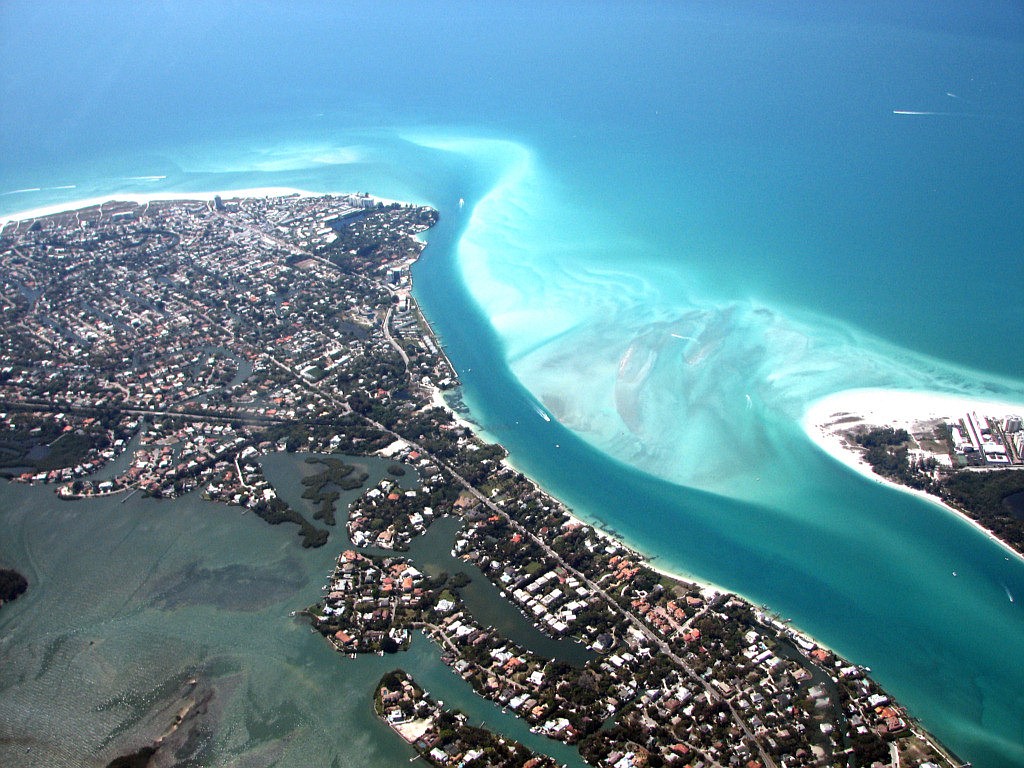- October 19, 2022
-
-
Loading

Loading

On Tuesday the Siesta Key Village Association joined a growing chorus of Siesta Key groups who have drawn a line in the sand against a U.S. Army Corps of Engineers project to mine the Big Pass shoal to renourish Lido Beach.
SKVA unanimously passed a motion Tuesday, authorizing the group, which represents more than 50 Village businesses, to draft an official statement outlining its official opposition to the Big Pass dredge.
“The Siesta Key Village Association would like to notify the County Commission that, based on the evidence available to us today, that we are against dredging the shoal and Big Pass,” said Siesta Key architect Mark Smith, who initiated the motion at Tuesday’s meeting.
SKVA’s move comes two weeks after the Siesta Key Chamber of Commerce released a similar statement, and one month after the Siesta Key Association led the way by being the first Siesta Key group to formally oppose the Army Corps project.
“Based on the current information we have, we oppose the dredge,” SKA board member Peter van Roekens said Tuesday, addressing concerns by some Siesta residents that the island’s various groups were coming out in opposition to the project too early, and a final decision should be put off until the Army Corps releases a revised environmental impact study due out at the end of the month.
“Some say we should wait until the study is out,” van Roekens added, “but we can just about guarantee that those studies will say there will be no harm to anything. But you don't dig a gigantic hole in the shoal, remove 1.3 million cubic yards of sand, dig two channels and not have any effect on anything.”
Maria Bankemper, representing the Siesta Key Chamber of Commerce, was also at SKVA’s Tuesday meeting. She said the chamber was in solidarity with the positions taken by SKA and SKVA.
“No one is arguing that Lido Beach needs sand, we are saying that there are plenty of other sources,” Bankemper said. “They don't need to put a hole in our shoal.”
Opponents of the project claim it might negatively impact the natural southerly flow of sand that is necessary to maintain the health of Siesta Key beaches. The Siesta groups opposing the dredge are careful to note, however, that they are not against renourishing Lido Beach, they just don’t think the sand should come from the Big Pass shoal.
“There is more than enough sand offshore to renourish the portion of beach in front of the condos,” van Roekens said.
One Siesta business owner attending Tuesday’s meeting referenced techniques used to renourish the fragile coastline of the Netherlands, noting that sand is drawn from sources ten miles off shore to minimize impacts to the affected coastline.
“We agree that the Lido Beach sand should come from somewhere else than the Big Pass shoal,” Smith said, agreeing that an alternative source of sand should be found to renourish Lido Beach. “Although getting it from the North Sea might be a bit too far.”
The U.S. Army Corps of Engineers project to mine Big Pass for Lido Beach sand will be a $22.7 million, 50-year project. Plans include constructing an 80-foot-wide berm along a 1.6-mile stretch of Lido Beach from 1.3 million cubic yards of sand mined from the Big Pass shoal.
The Army’s plans also include three erosion-control jetties, known as groins, between 250 to 500 feet in length on Lido Beach, which are designed to slow the southerly drift of sand off of the beach, extending the renourishment cycle from three years to five years — potentially saving the county millions of dollars in the long run.
The Sarasota County Commission will hold public hearings on the Big Pass dredge in March.
Contact Nolan Peterson at [email protected]